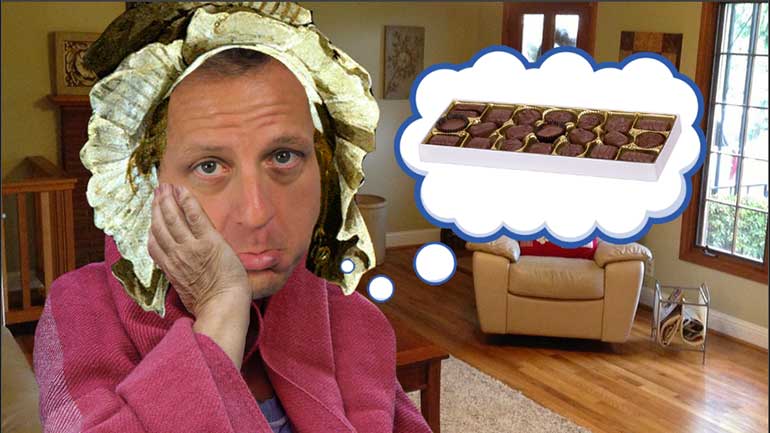ShmoopTube
Where Monty Python meets your 10th grade teacher.
Search Thousands of Shmoop Videos
History of Technology 1: Nuclear Reactions 22 Views
Share It!
Description:
What's less alarming than a nuclear reaction? Most things, actually. But this video about nuclear reactions is definitely one of them.
Transcript
- 00:00
most people know that World War two ended with a bang. or make that two
- 00:07
giant incredibly devastating atomic bangs. but we'll talk about atomic weapon [map of Japan]
- 00:12
a little later time. right now we want to focus on atomic power as a new world
- 00:17
changing source of energy. well after World War two ended we turn
- 00:21
to using nuclear reactions for non world destroying purposes. some geniuses even
Full Transcript
- 00:27
proposed using nuclear bombs as giant bulldozers. not even joking. in 1951 we
- 00:36
started using nuclear reactions to produce small amounts of heat which made
- 00:41
steam which then made electricity. it only powered four light bulbs but hey it
- 00:45
was a start. and by 1956 both the Russians and the Americans had
- 00:49
established very small but practical nuclear power plants. and before we go
- 00:54
any further we're gonna hit the pause button. did we explain how splitting
- 00:58
atoms ultimately results in electricity? well the short version is that we mine
- 01:03
uranium, purify it, and then blast it apart in a chain reaction. in exchange we [ore taken from the ground]
- 01:08
get tons and tons and tons of energy. sounds pretty miraculous right? well most
- 01:13
people in the 1950s and 60s totally thought so. all our energy worries are
- 01:18
over everything's gonna be awesome forever. well in 1954 the head of the
- 01:23
Atomic Energy Commission predicted that nuclear energy would make electricity so
- 01:27
cheap and plentiful that it would no longer be metered. be free energy for the
- 01:32
world! but we still have power bills. today but a nuclear energy today only [man gives lecture]
- 01:38
provides about 13 percent of the world's electricity. doesn't make energy pop out
- 01:43
of the ground in a magical rainbow field of happiness and free power or whatever
- 01:47
they were imagining you know way back in the day. here are a few of the challenges
- 01:51
holding us back first of all uranium ore isn't just
- 01:55
hanging out in candy piles next to power plants. it has to be mined and we've
- 01:59
already talked about how much fun mining is.
- 02:02
Uranium ore has the added bonus of radioactive. uranium also has to be
- 02:07
enriched before it's useful. uranium ore comes out of the ground as u-238 [ore tours art gallery]
- 02:12
and in order to be the juicy energy dense uranium we all know and love it
- 02:17
has to be enriched to become u-235. well to get u-235 the ore has to be spun at
- 02:24
crazy speeds in a centrifuge. like the graviton at the county fair
- 02:29
about even more puke inducing. nuclear reactors aren't exactly super safe
- 02:34
themselves either. not like they're exploding left and right but there have
- 02:38
been some major disasters. so people have a right to be paranoid about the idea of
- 02:42
nuclear power plants going up next to their hometown. and of course nuclear
- 02:46
waste is also a big problem. well after we blast our enriched uranium
- 02:50
with neutrons creating a nuclear reaction, [barrels of waste burn up ground]
- 02:53
we're left with some very very dangerous radioactive goo. the bad news is that
- 02:58
the stuff will continue to be poisonous for thousands of years. the good news is
- 03:03
that when the aliens finally destroy all life on Earth
- 03:06
we'll have left some nasty surprises for them. [aliens die from radioactive waste]
Up Next
GED Social Studies 1.1 Civics and Government
Related Videos
When you're about to marry the love of your life, not many things could stop you. However, finding out that your future hubby is keeping his crazy...
Here at Shmoop, we work for kids, not just the bottom line. Founded by David Siminoff and his wife Ellen Siminoff, Shmoop was originally conceived...
ACT Math: Elementary Algebra Drill 4, Problem 5. What is the solution to the problem shown?




